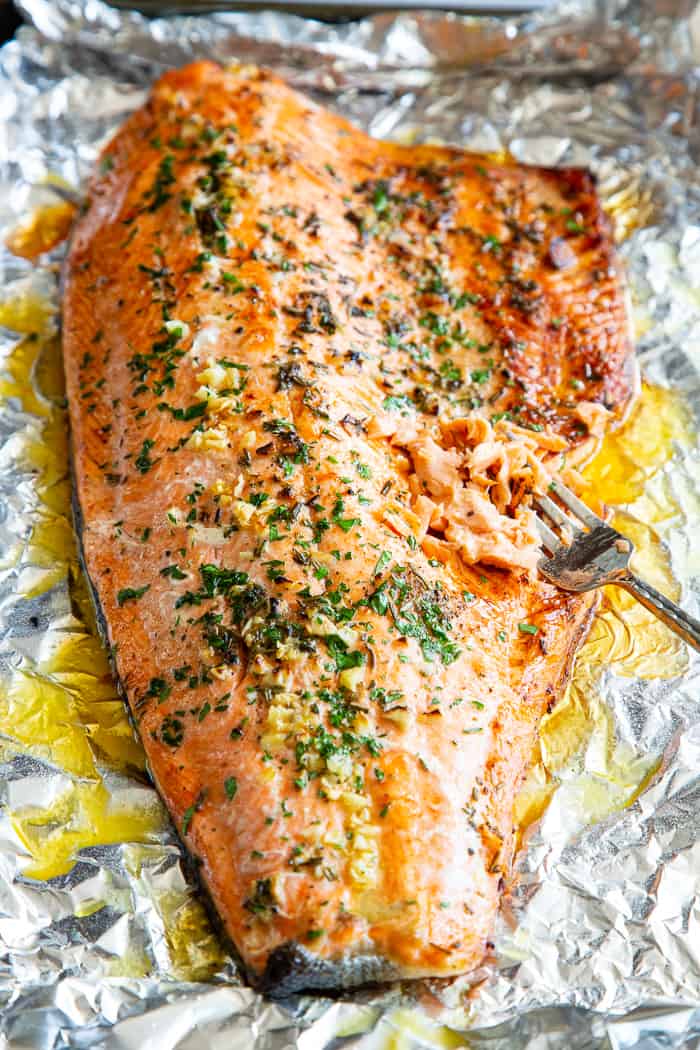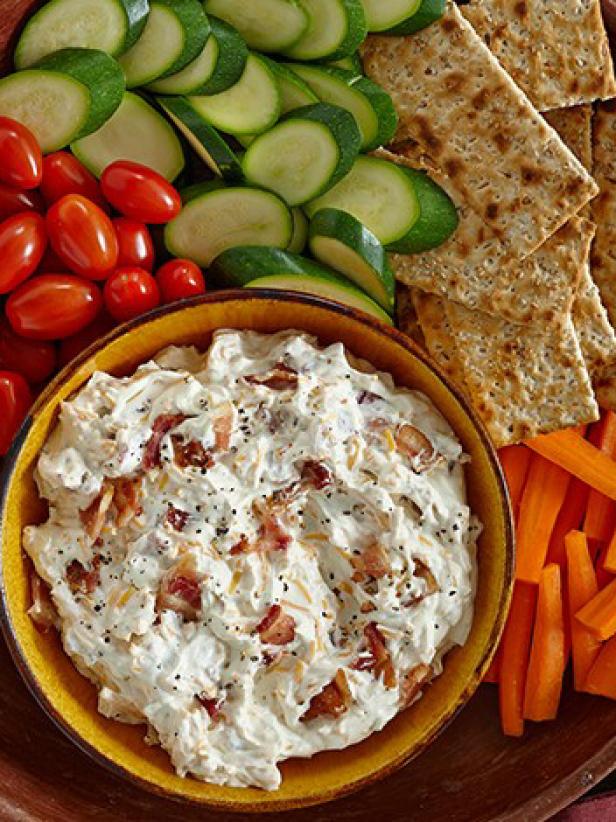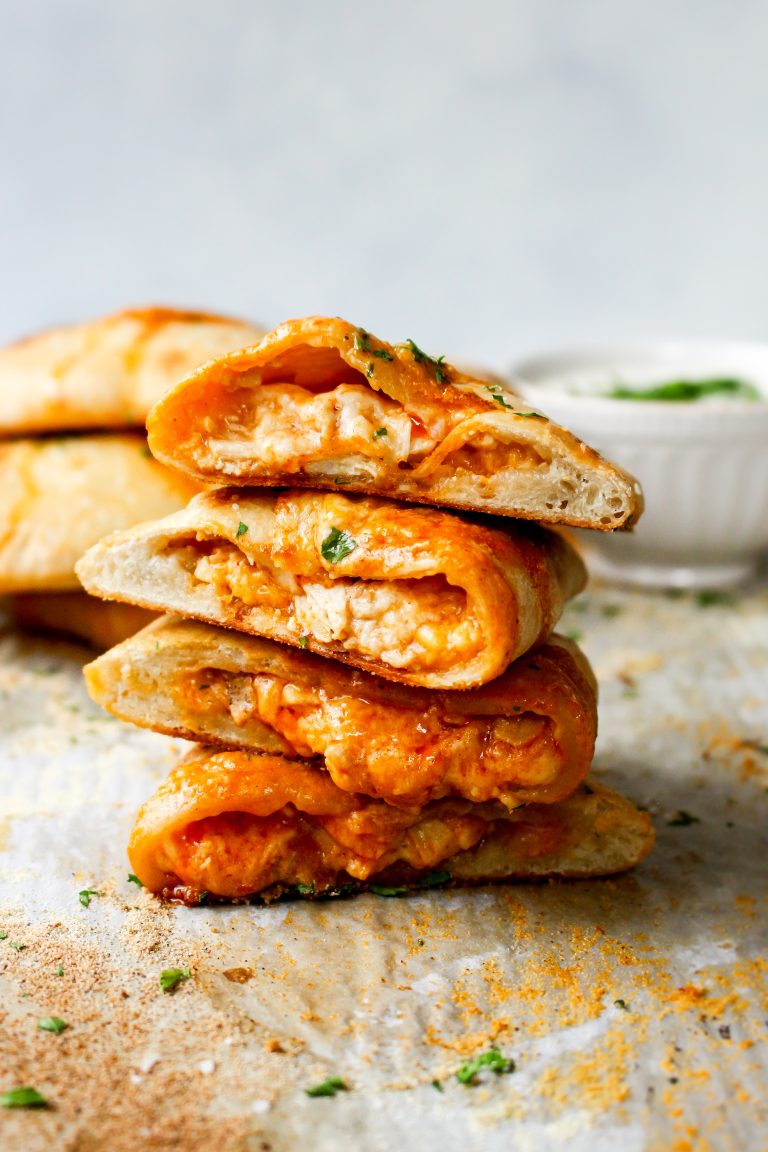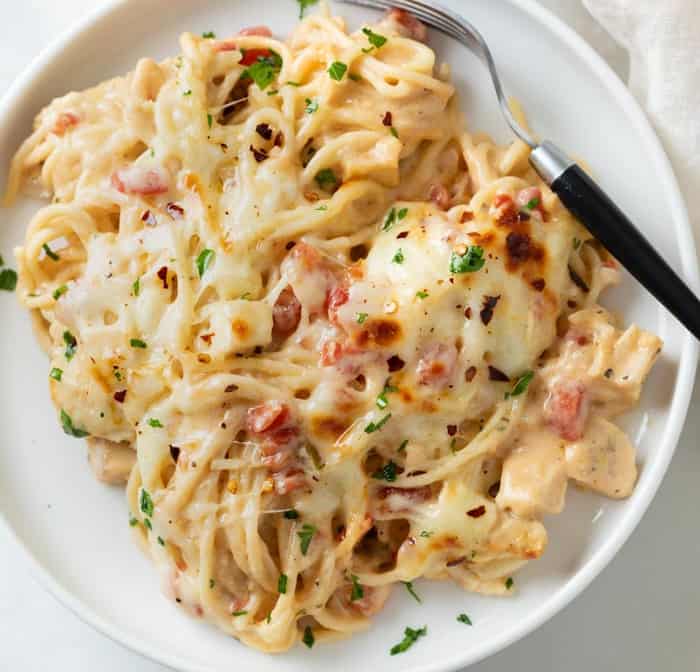Baked Salmon in Foil: Recipe, Tips, and Perfect Side Dishes
Baking salmon in foil keeps the fish moist and flavorful during the cooking process. The foil locks in juices and prevents the salmon from drying out. It also simplifies cleanup since you don’t need additional pots or pans. Cooking in foil provides an opportunity to infuse the salmon with various flavors, such as lemon slices, garlic, and fresh herbs.
Varieties of Salmon Suited for Baking
Different salmon species offer unique flavors and textures.
- Atlantic Salmon: Known for its mild and buttery taste; it’s often farmed and widely available.
- Sockeye Salmon: Offers a rich, robust flavor with a firm texture; suitable for those who enjoy a more pronounced taste.
- Coho Salmon: Balances between Atlantic and Sockeye, providing a moderate flavor and tender texture.
- Chinook Salmon: Also called King Salmon, it’s prized for its high-fat content and succulent, melt-in-your-mouth texture.
Choose the variety based on your flavor preference and availability.
Essential Ingredients for Baked Salmon in Foil
Choosing the Right Salmon
Choosing the right salmon ensures your baked dish is delicious and nutritious. Atlantic Salmon offers a mild flavor and tender texture, making it ideal for those new to seafood. Sockeye Salmon, known for its bright red flesh, provides a richer taste suitable for bold flavor pairings. Coho Salmon boasts a slightly milder flavor than Sockeye but still delivers a robust taste. Chinook Salmon, often referred to as King Salmon, presents a buttery texture and high-fat content, perfect for a luxurious meal. Each variety brings unique characteristics, so selecting based on flavor preference and availability is crucial.
Complementary Spices and Herbs
Complementary spices and herbs elevate the natural flavors of salmon. Fresh dill adds a light, aromatic quality, while minced garlic infuses a rich, savory note. Lemon slices or zest brighten the dish with a tangy contrast. Paprika offers a subtle smokiness and color, enhancing both flavor and presentation. Black pepper adds a mild heat, balancing the other ingredients. Using parsley provides freshness, while thyme contributes an earthy aroma. Incorporating these elements ensures a well-rounded and delightful baked salmon experience.
Step-by-Step Recipe Guide
Preparing the Salmon
Begin by selecting fresh salmon fillets, around 6 ounces each. Rinse the salmon under cool water, then pat it dry with paper towels. Remove any remaining scales or bones using fish tweezers. Place the fillets on a clean cutting board.
Season both sides of the salmon with a balance of salt, black pepper, and paprika. Add a squeeze of fresh lemon juice for a tangy zest. If desired, sprinkle minced garlic over the fillets and rub it in gently. Top each fillet with thin lemon slices and a generous scattering of dill, parsley, and thyme.
Wrapping the Salmon in Foil
Tear off a piece of heavy-duty aluminum foil, approximately 12 inches longer than the salmon fillet. Lay the foil flat on a baking sheet and place the seasoned salmon fillet in the center.
Fold the longer sides of the foil towards the center, creating a secure seal without tightly compressing the fish. Fold the shorter edges up and over the top, ensuring all sides are well-sealed to lock in moisture and flavors.
Cooking Time and Temperature
Preheat your oven to 400°F (204°C). Once it reaches the desired temperature, place the baking sheet with the foil-wrapped salmon in the oven.
Bake the salmon for 15 to 20 minutes, depending on the thickness of the fillets. For a standard 1-inch thick fillet, 15 minutes should suffice. Check the salmon’s internal temperature with a meat thermometer; it should register at 145°F (63°C) for optimal doneness.
Remove from the oven, let it rest for a few minutes before carefully unwrapping the foil. Serve hot, garnished with additional herbs and lemon wedges if desired.
Tips for Perfecting Baked Salmon in Foil
Ensuring Moisture Retention
To keep the salmon moist, use high-quality foil and seal it tightly, preventing steam from escaping. Add a splash of lemon juice or a few lemon slices on top of the salmon before wrapping. This citrus not only flavors the fish but also helps retain its moisture. Cook the salmon at 400°F and avoid overbaking by checking for doneness at the 15-minute mark. Aim for an internal temperature of 145°F to ensure the fish remains juicy.
Flavor Enhancements
Season the salmon generously with herbs and spices to enhance its flavor profile. Dill, garlic, and thyme pair well with salmon, adding depth without overwhelming its natural taste. Include finely chopped parsley for a fresh, earthy note. For a bit of heat, sprinkle paprika or add a few red pepper flakes. Before baking, drizzle olive oil over the salmon and herbs to help meld the flavors together. After cooking, garnish with additional fresh herbs and lemon wedges for a bright finish.
This section provides precise, actionable tips to perfect your baked salmon in foil, ensuring it’s both flavorful and moist.
Serving Suggestions for Baked Salmon in Foil
Side Dishes That Complement Baked Salmon
Baked salmon in foil pairs perfectly with a variety of side dishes. Vegetables, grains, and salads can enhance its flavor and texture.
- Roasted Vegetables: Asparagus, Brussels sprouts, and green beans work great. Toss them in olive oil, sprinkle with salt and pepper, and roast until tender.
- Quinoa or Rice: Both quinoa and brown rice provide a nutty, chewy base that complements the salmon’s richness. Season them with lemon zest and herbs for added flavor.
- Mixed Greens Salad: Use arugula, spinach, and kale. Add nuts like almonds, fruits like berries, and a light vinaigrette for a refreshing contrast.
Consider these sides for a balanced, visually appealing meal that enhances the taste and presentation of your baked salmon in foil.
Presentation Tips
How you present your baked salmon in foil contributes significantly to its appeal.
- Garnishes: Use fresh herbs like parsley, dill, and slices of lemon or lime. These not only add color but also enhance flavor.
- Serving Platter: Place the salmon on a large, clean platter. Arrange the side dishes around it to create an inviting display.
- Foil: Carefully remove or open the foil, exposing the salmon. This allows guests to see the dish’s cooked perfection while keeping it warm.
These tips ensure your baked salmon in foil looks as good as it tastes.
Conclusion
Baked salmon in foil is a versatile and delicious dish that can easily become a staple in your meal rotation. With the right ingredients and techniques, you can create a flavorful and moist salmon that pairs perfectly with a variety of side dishes. By paying attention to presentation and garnishing, you’ll elevate your meal to a new level of culinary delight. Try experimenting with different seasonings and serving suggestions to find your perfect combination. Enjoy the simplicity and elegance of this delightful dish.






